Products
Products
solution and support
solution and support
contact
Contact
Reading & Review Session on "Organizational Efficiency": Redefining Organizational Efficiency with the Five Management Principles
TIME : 2025/8/26 15:02:16
On August 23, Kaihua Mould convened its 12th Reading and Growth Session with a special review workshop, led by Chairman Liang Zhenghua. Senior and mid-level managers gathered to exchange ideas and reflect on practical approaches to improving organizational efficiency.
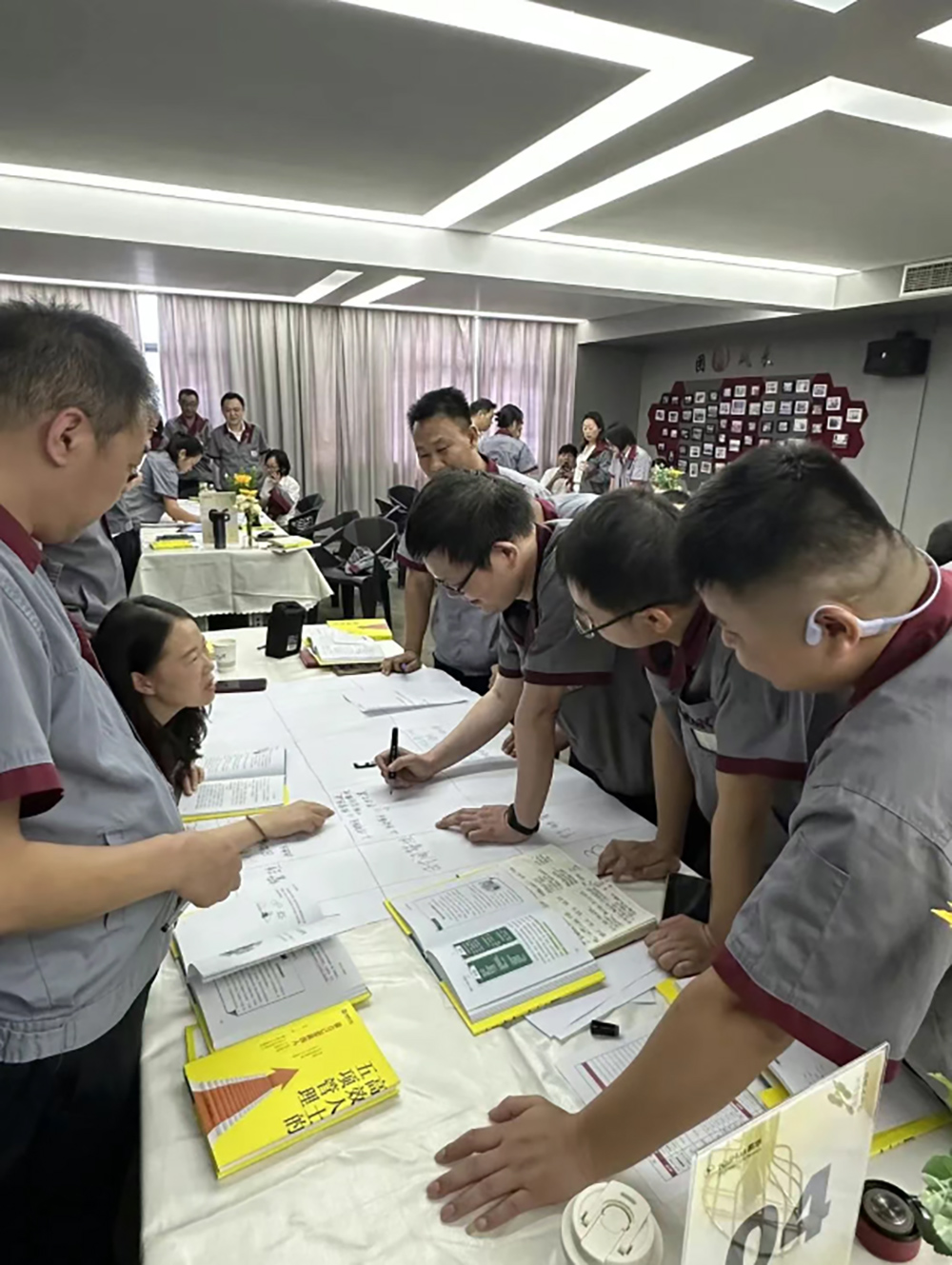
The session highlighted three pillars—empowerment through training, book-based learning, and systematic review—blending theory with practice. The initiative aims to drive stronger management capabilities and accelerate Kaihua’s overall performance.
Part 1: Empowerment Through Training
The session opened with a special lecture on Organizational Efficiency delivered by Mr. Liang to all senior and mid-level managers.
Mr. Liang began by addressing common pain points in modern corporate management, noting that poor execution and inefficiency often stem from systemic gaps in management rather than individual limitations. He introduced the “High-Efficiency Leadership Model,” centered on five core dimensions: goal management, time management, mindset management, learning management, and action management.

He emphasized that effective leaders must translate abstract management concepts into measurable, executable, and trackable actions. Through consistent habit formation, both individuals and organizations can achieve a spiraling improvement in efficiency.
This training provided not only a theoretical framework but also revealed the essence of efficiency: management is not about restriction, but about unlocking the potential of people and organizations.
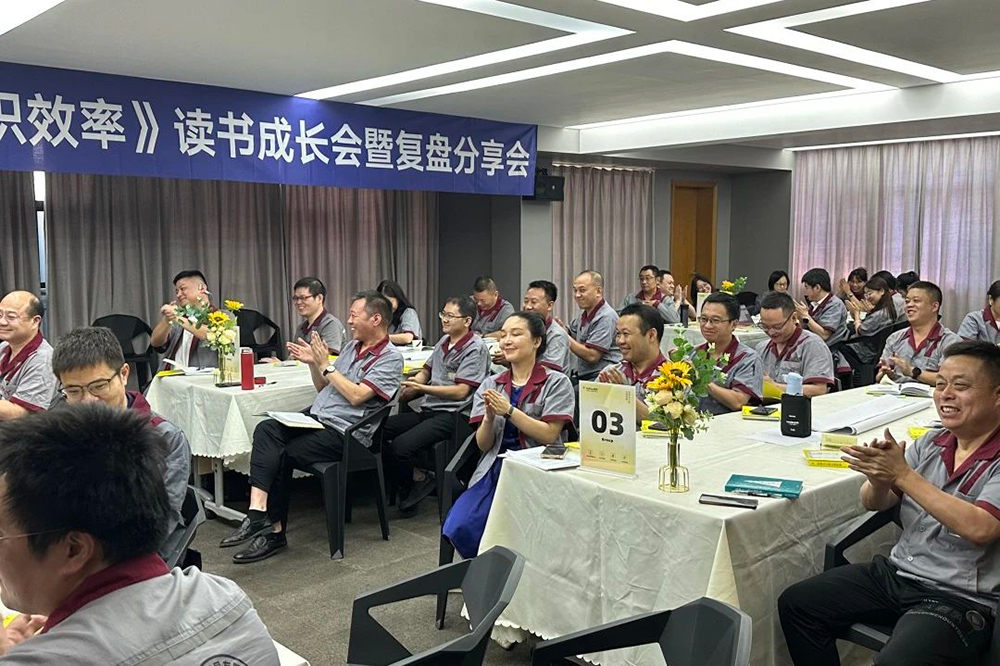
Part 2: In-Depth Reading
The Reading and Growth session pushed theoretical understanding further. In groups, managers conducted a systematic study of The Five Dimensions of High-Performance Management. Activities such as selecting group leaders, sharing insights, reviewing notes, drafting improvement proposals, and making presentations built a complete learning cycle from input to output.

Each team held lively discussions on applying the five dimensions to Kaihua’s business units and developed targeted improvement measures. During the presentations, managers shared practical plans, including OKR-based goal-setting, time-block scheduling, and mindset reflection mechanisms.

These proposals demonstrated Kaihua managers’ ability to transform management theory into practical frameworks, reflecting the Reading Session’s core purpose: learning for application.
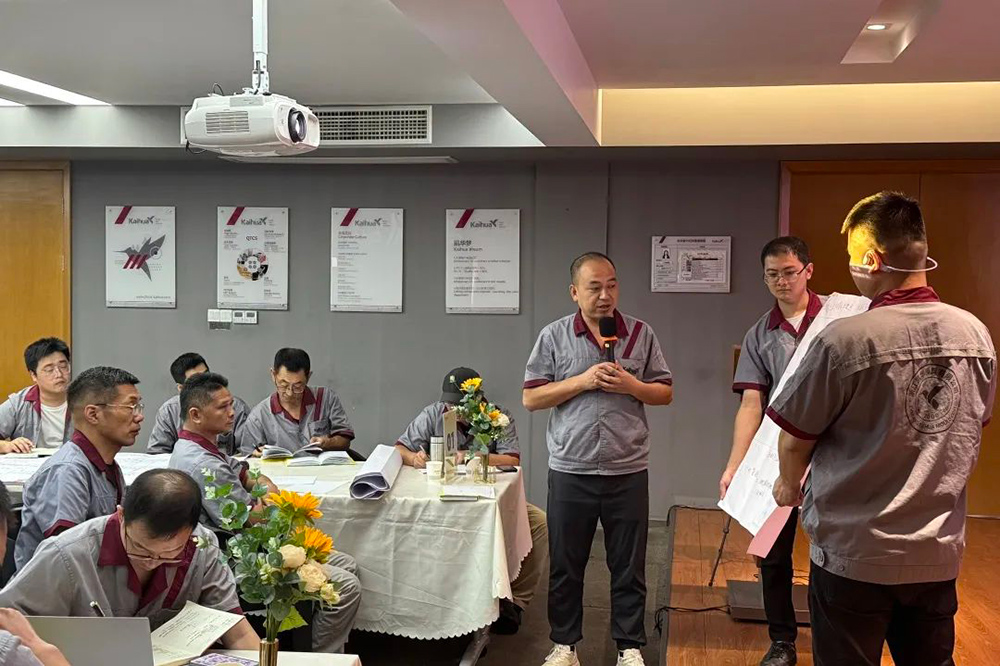
Part 3: Review and Reflection
After the Reading Session, managers immediately entered a review meeting to apply the newly acquired tools to their own work practices.
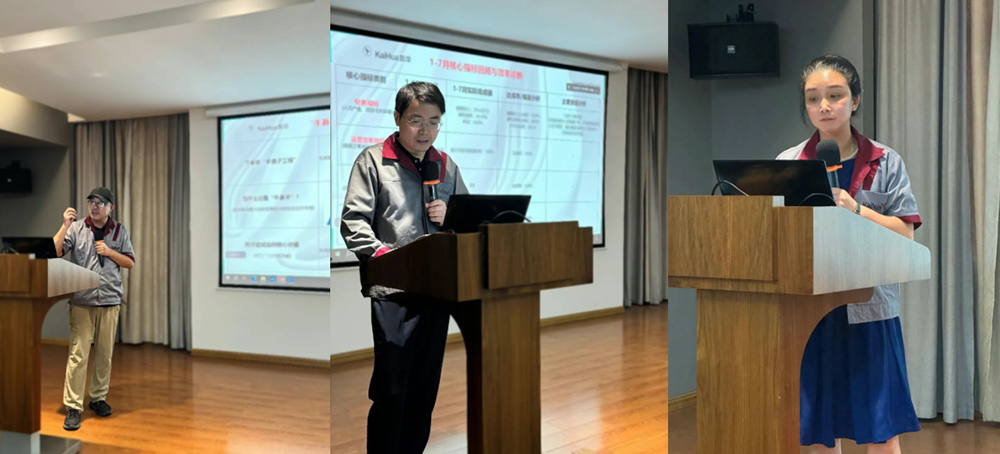
Focusing on “organizational efficiency,” plant leaders from ZheKai, TaiKai, JingKai Moulding, and JingKai Design identified the key leverage projects for the second half of the year. Instead of pursuing every task at once, they concentrated efforts on high-impact initiatives, translating strategic goals into actionable steps. Along the five dimensions—goals, mindset, time, learning, and action—they built a measurable and traceable framework to ensure breakthroughs in efficiency and effective execution of company strategy.
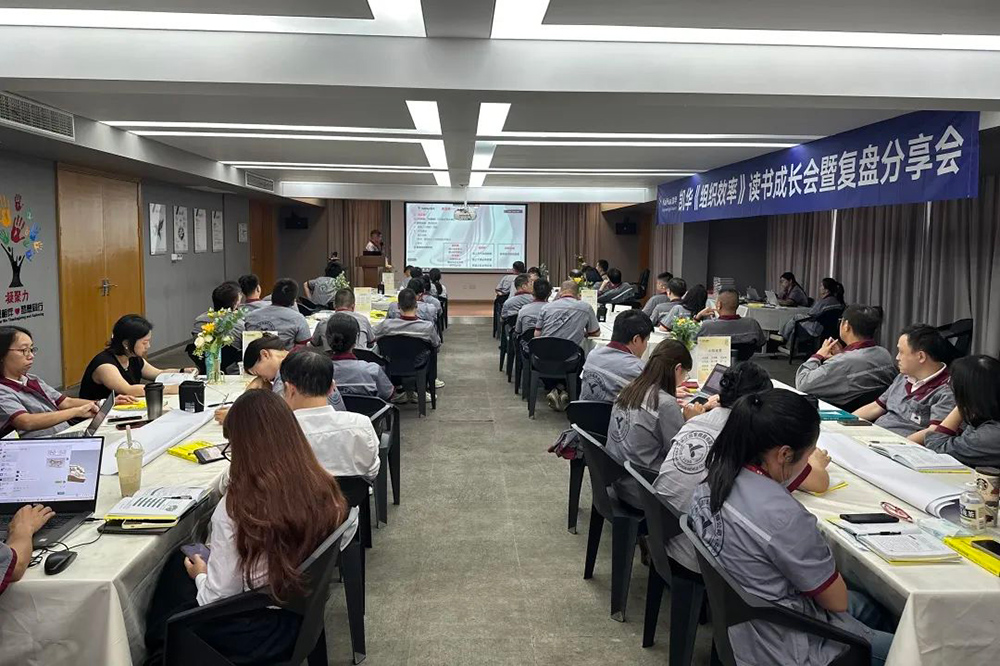
Chairman Liang raised targeted questions, guiding managers to reassess successes and shortcomings from the perspective of the five dimensions. Project leaders responded candidly, sharing reflections and solutions in a pragmatic atmosphere. This “learn-and-apply immediately” model ensured that management concepts were quickly converted into organizational capabilities, avoiding the common gap between training and implementation.
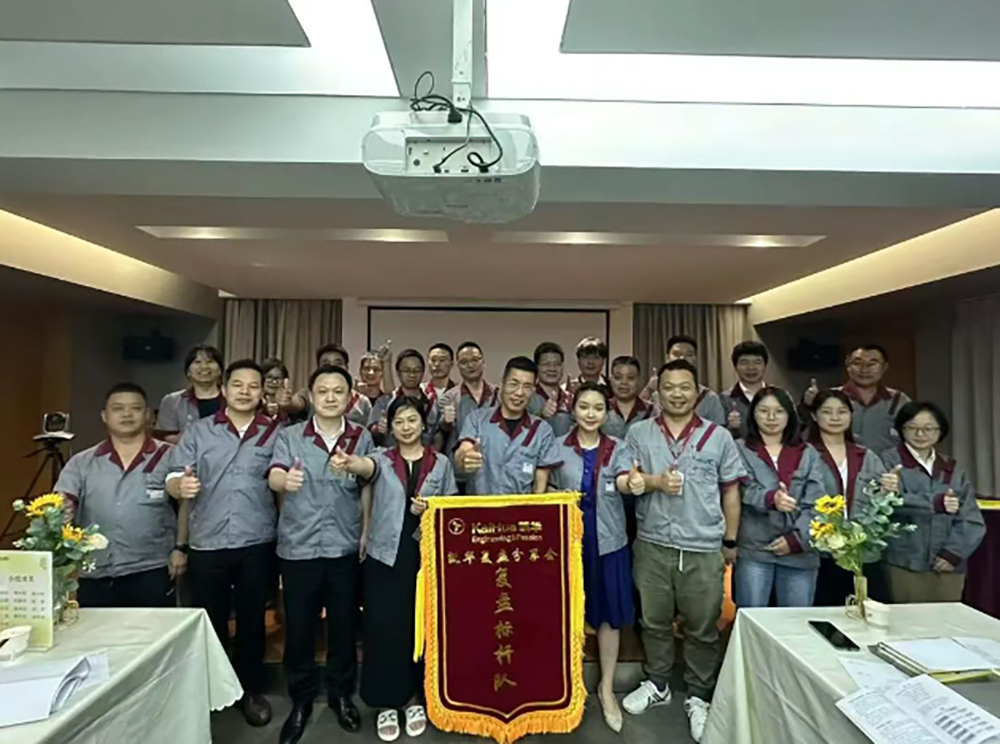
Through this review, teams not only identified bottlenecks in workflows but also developed concrete optimization plans to ensure more efficient work in the future. Chairman Liang awarded the “Champion Team” banner to the best-performing reading group, and the “Benchmark Team” banner to the factory team whose review was most valuable. In addition, each member of the winning teams received a specially prepared Action Journal, encouraging them to build habits of daily reflection and continuous improvement, and to become pioneers in improving organizational efficiency.
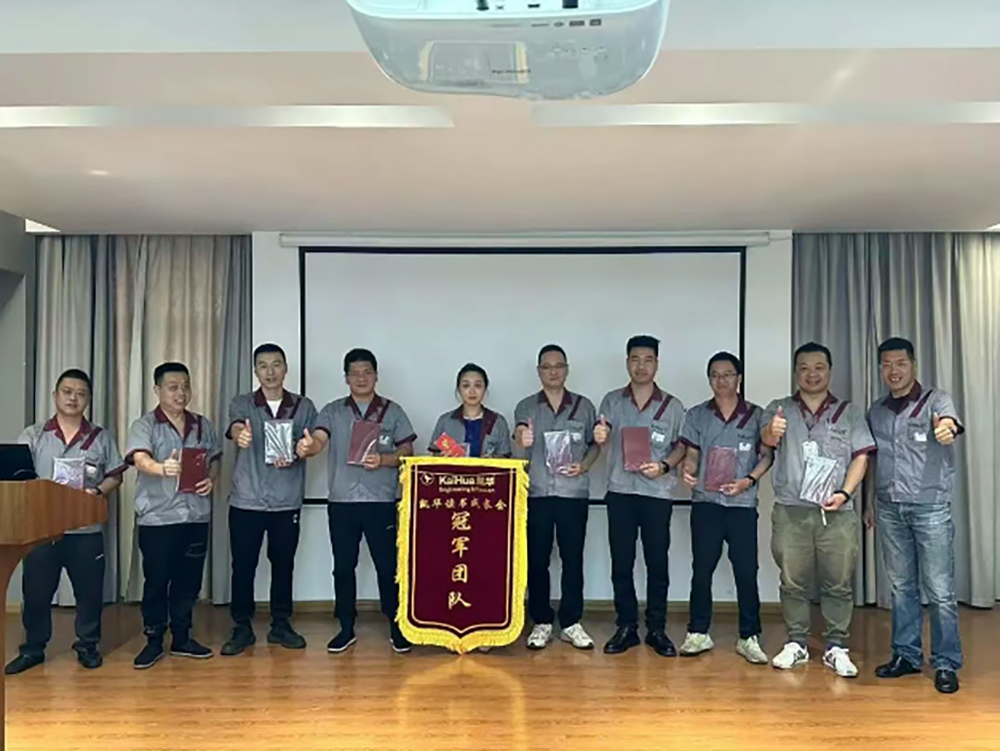
END
The 12th Reading and Growth Session and Review Meeting came to a successful close, but the thinking and transformation it inspired have only just begun. Reading and reflection are becoming the driving force behind Kaihua Mould’s organizational development.
Through continuous knowledge renewal and practical optimization, Kaihua is building its own management language and capability system, injecting intellectual capital into the company’s long-term competitiveness. Going forward, such activities that combine theoretical learning with practical reflection will become a regular part of Kaihua’s management system, helping the company achieve dual breakthroughs in efficiency and innovation in the new era of manufacturing.





